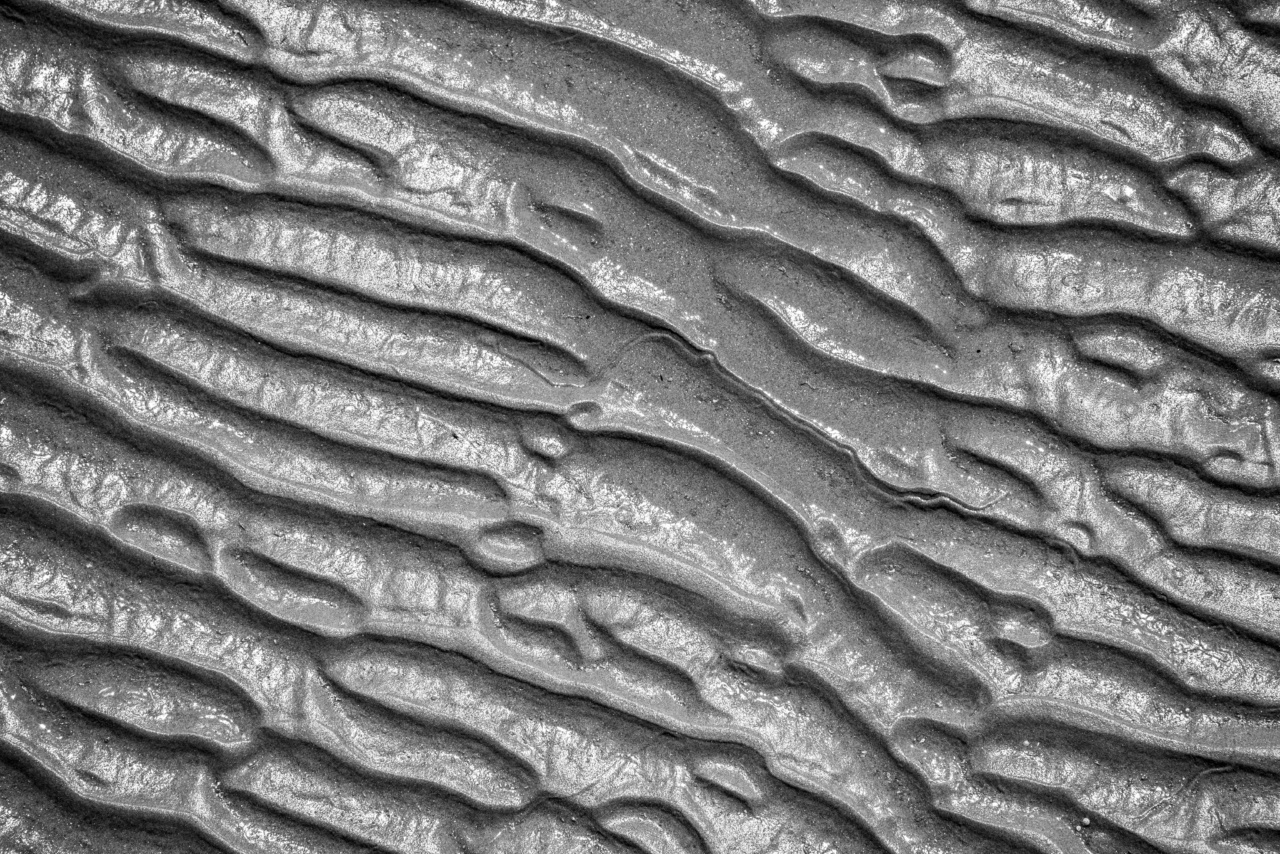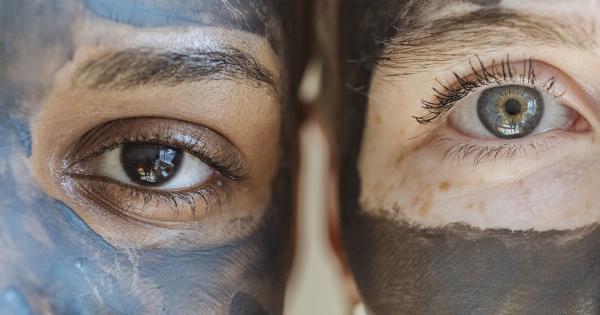Bile is a yellowish-green liquid that is produced by the liver and transported to the small intestine to aid in digestion. However, sometimes bile becomes thick or sludgy, resembling mud.
This condition, known as biliary sludge or mud, can cause various health problems. Therefore, it is essential to know how to identify mud in your bile and its common symptoms.
What is Biliary Sludge or Mud?
Biliary sludge or mud is a mixture of solid particles and other components that build up in the bile inside the gallbladder and bile ducts. It is a condition that can occur in people of any age.
However, it is more common in adults over the age of 60 and those who have underlying conditions that affect the bile flow, such as gallstones or biliary tract infections.
What Causes Biliary Sludge or Mud?
The exact cause of biliary sludge is not known. However, certain factors increase the risk of developing this condition:.
- Gallbladder disease or removal
- Stasis of bile flow (reduced or slowed movement of bile)
- Obesity
- Rapid weight loss or fasting
- Pregnancy
- Treatment with certain medications such as ceftriaxone, octreotide, or total parenteral nutrition (TPN)
Common Symptoms of Biliary Sludge or Mud
Biliary sludge or mud may not produce any symptoms in some people. However, in others, it can cause various digestive problems, such as:.
- Upper abdominal pain or discomfort
- Nausea or vomiting
- Bloating or gas
- Indigestion or heartburn
- Diarrhea or constipation
- Fatigue or weakness
- Dark urine
- Yellowish skin or eyes (jaundice)
Diagnosis of Biliary Sludge or Mud
Biliary sludge is not always visible on imaging tests, such as ultrasound, CT scan, or MRI. Therefore, other methods may be needed to diagnose this condition:.
- Endoscopic retrograde cholangiopancreatography (ERCP): a procedure that allows a doctor to view the bile ducts and remove a sample of bile to examine under a microscope
- Liver function tests: blood tests that measure the levels of enzymes, bilirubin, and other substances produced by the liver
- Bile analysis: an examination of the chemical properties of bile to determine its composition and consistency
Treatment of Biliary Sludge or Mud
The treatment of biliary sludge or mud depends on its underlying cause and severity of symptoms. In some cases, no treatment is necessary, and the sludge may resolve on its own. However, if symptoms are present, the following options may be recommended:.
- Medications to dissolve the sludge, such as ursodeoxycholic acid or chenodeoxycholic acid
- Surgery to remove the gallbladder (cholecystectomy) or clear the bile ducts (endoscopic retrograde cholangiopancreatography or laparoscopic common bile duct exploration)
- Lifestyle changes, such as weight management, dietary modifications, and physical activity
- Treating underlying conditions, such as liver disease, pancreatitis, or infections
Preventing Biliary Sludge or Mud
Some preventive measures may reduce the risk of developing biliary sludge or mud:.































